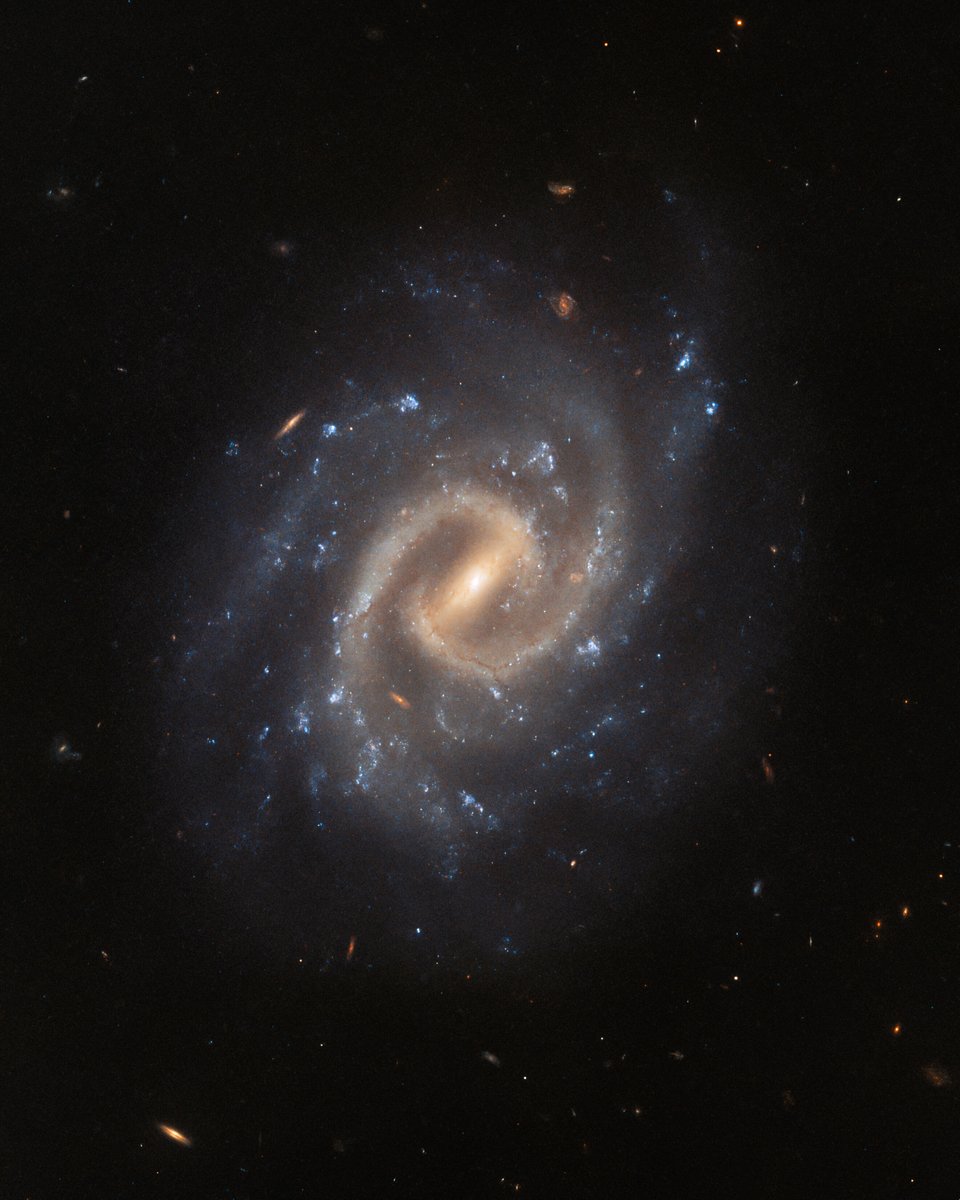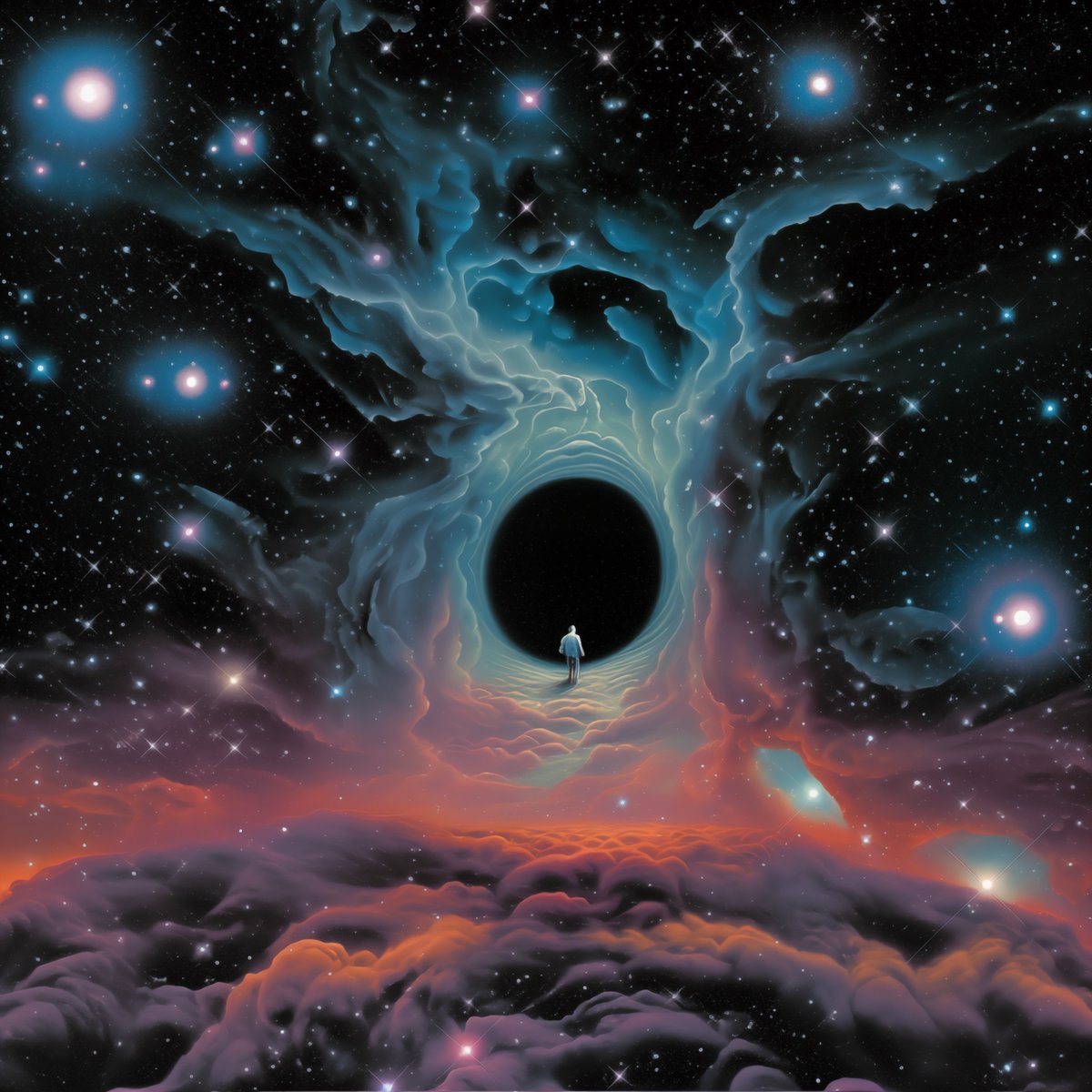
✨A peculiar pair✨
Inspired by the HubbleFriday post (and yes directly drawn on their beautiful photo🙏🏻
#GoodOmens #GoodOmens 2 #GoodOmens FanArt


See the bar of stars going through the galaxy NGC 2217?
The bar in this #HubbleFriday image helps funnel gas from the galaxy's disk into the middle of the galaxy.
Then, it's formed into new stars or fed to the black hole at the galaxy's center: go.nasa.gov/3vZRla5
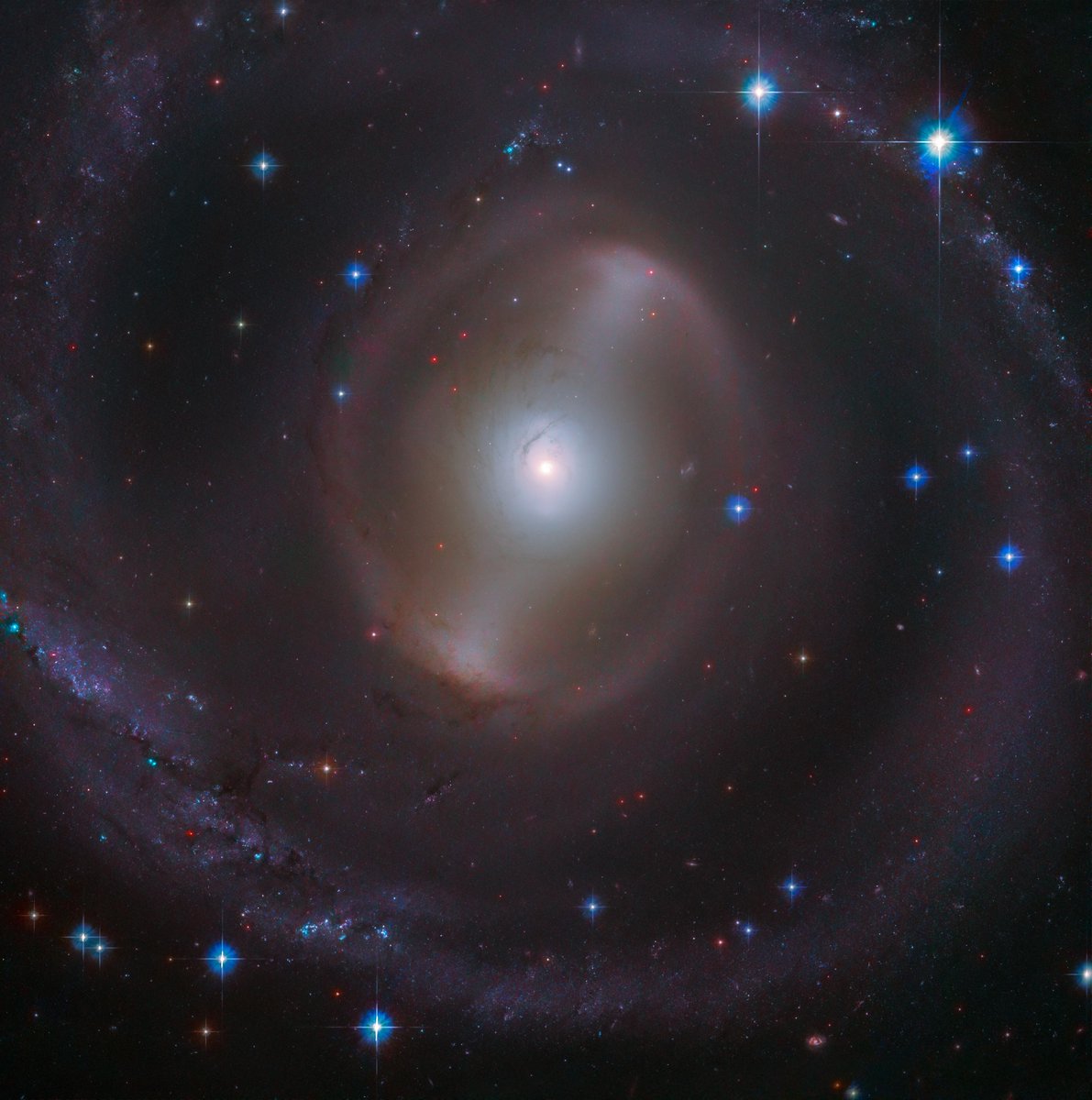
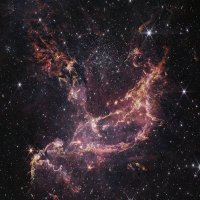

A peculiar pair!
This #HubbleFriday image shows Arp 107, which is a pair of galaxies in the midst of a collision about 465 million light-years away. A faint 'bridge' of dust and gas connects the two.
Keep reading: go.nasa.gov/44XqW8d
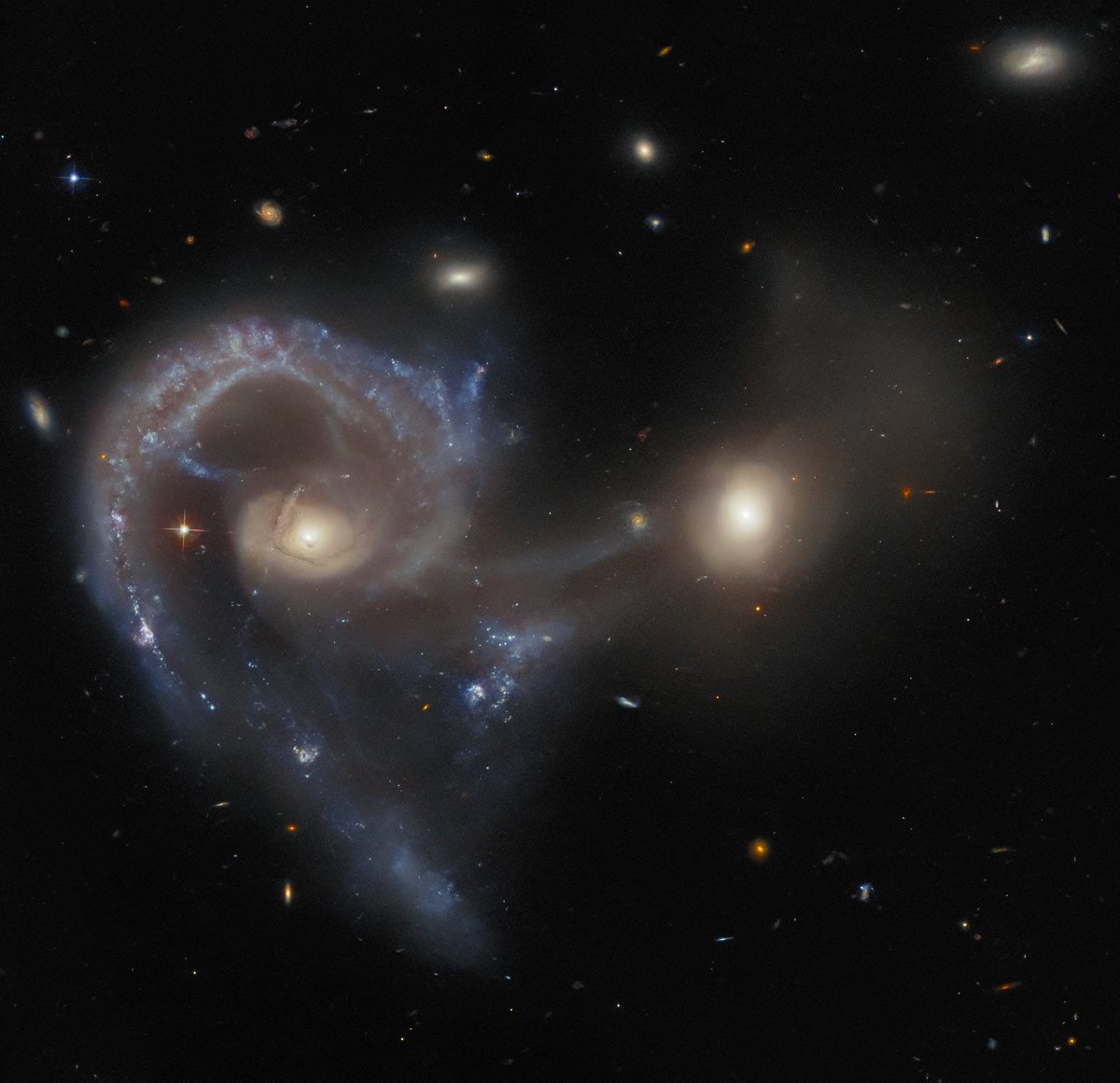

About 7,000 light-years away, the nebula Westerhout 5 is suffused with bright red light.
This luminous #HubbleFriday view includes a free-floating Evaporating Gaseous Globule, which is the tadpole-shaped dark region at upper center-left: go.nasa.gov/3RBeibX


Time to meet the galaxy IC 5332 face-on.
Spiraling in this #HubbleFriday image, IC 5332's 'face-on' orientation to Earth means that its appearance is circular and disk-shaped rather than squashed and oval-shaped, which would be 'edge-on.'
For more: go.nasa.gov/3tHpjP7
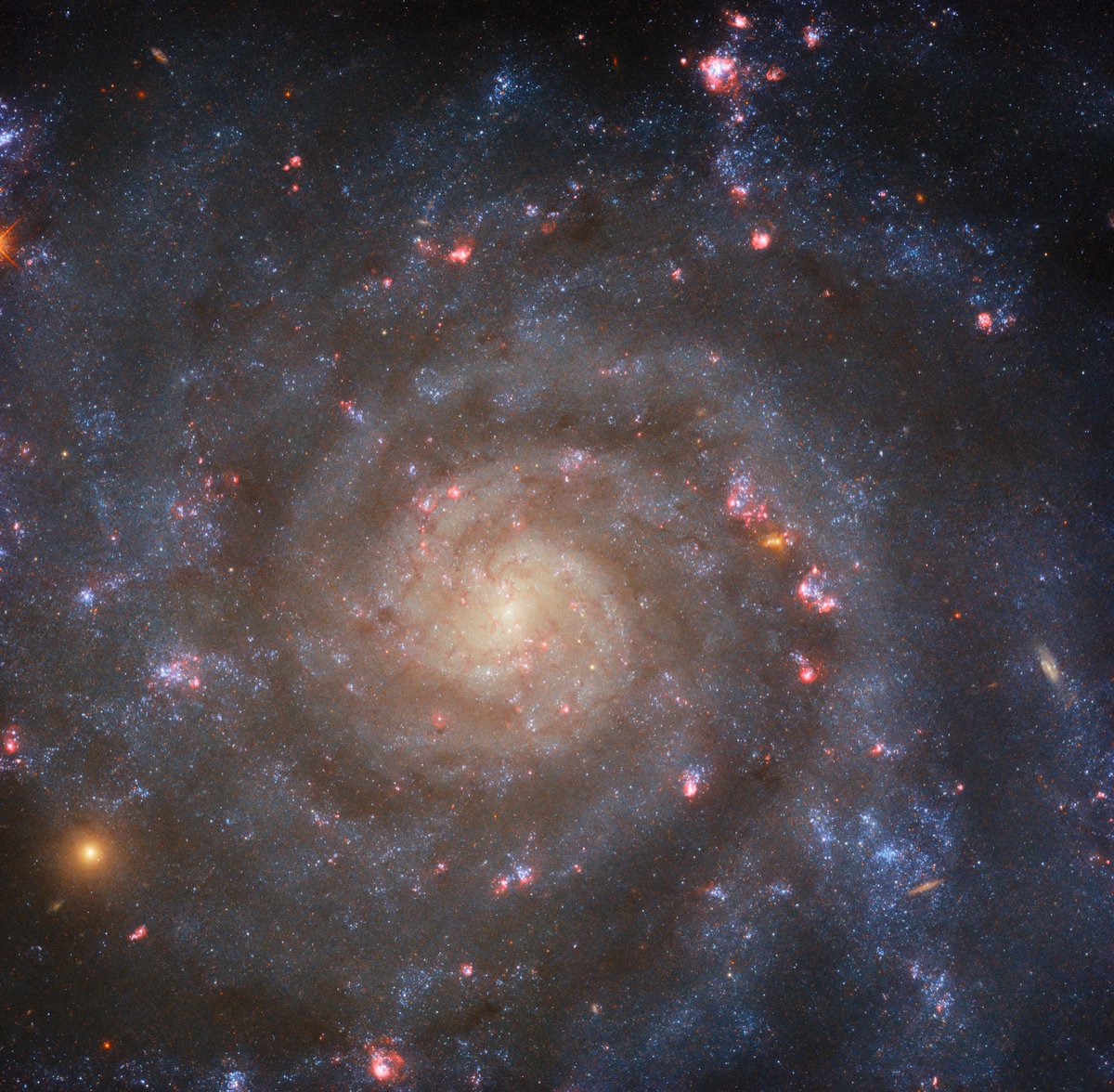

Happy #HubbleFriday ! ✨
This image shows the spiral galaxy NGC 941. Located 55 million light-years from Earth, NGC 941 resides in the constellation Cetus.
Discover more: go.nasa.gov/46zGHmF
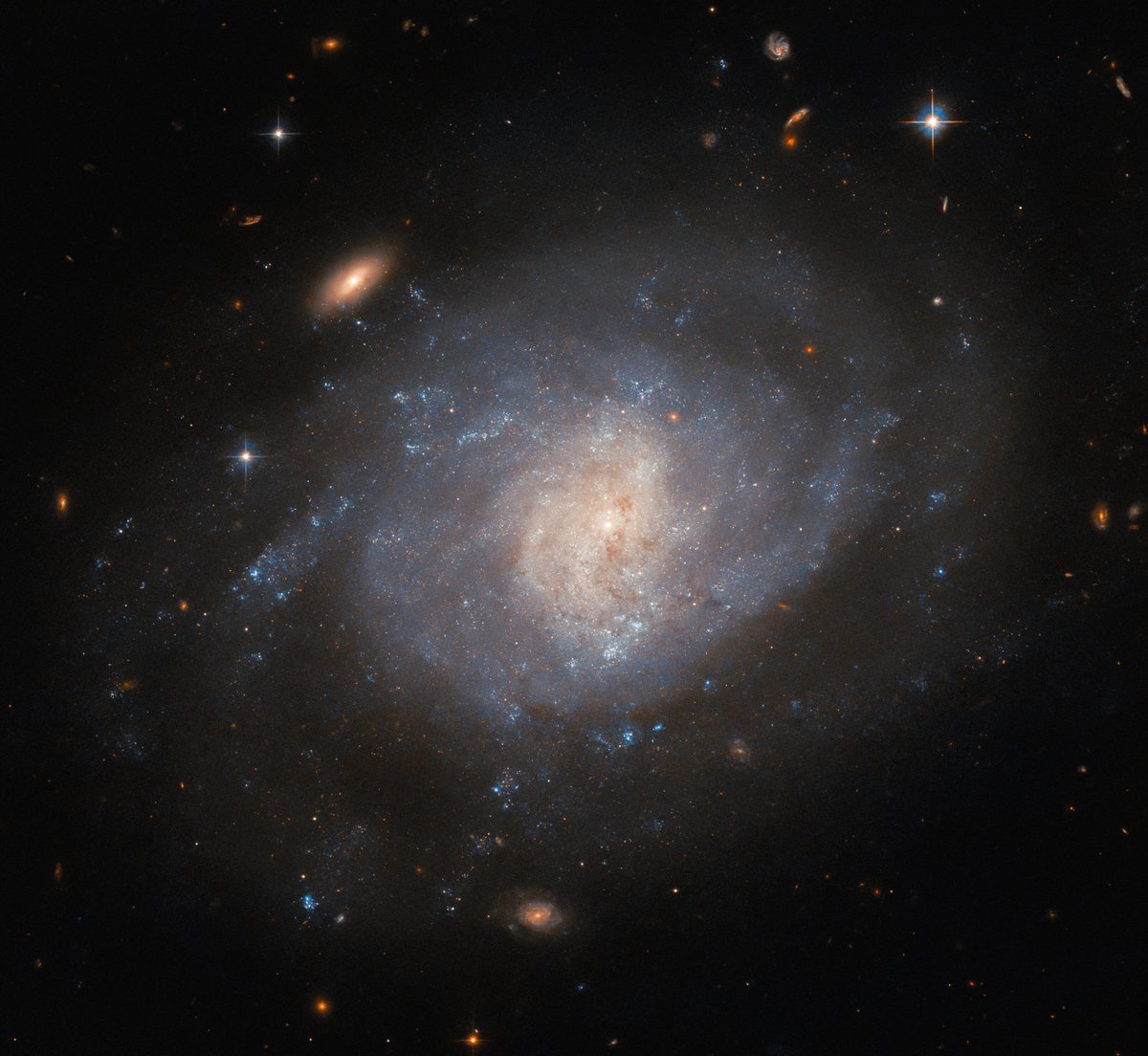

A monster merger 💫
This #HubbleFriday image features Arp 122, which actually consists of two separate galaxies colliding (seen at right).
Galaxy collisions and mergers are dramatic events, but take place over the course of hundreds of millions of years: go.nasa.gov/4aR8z95
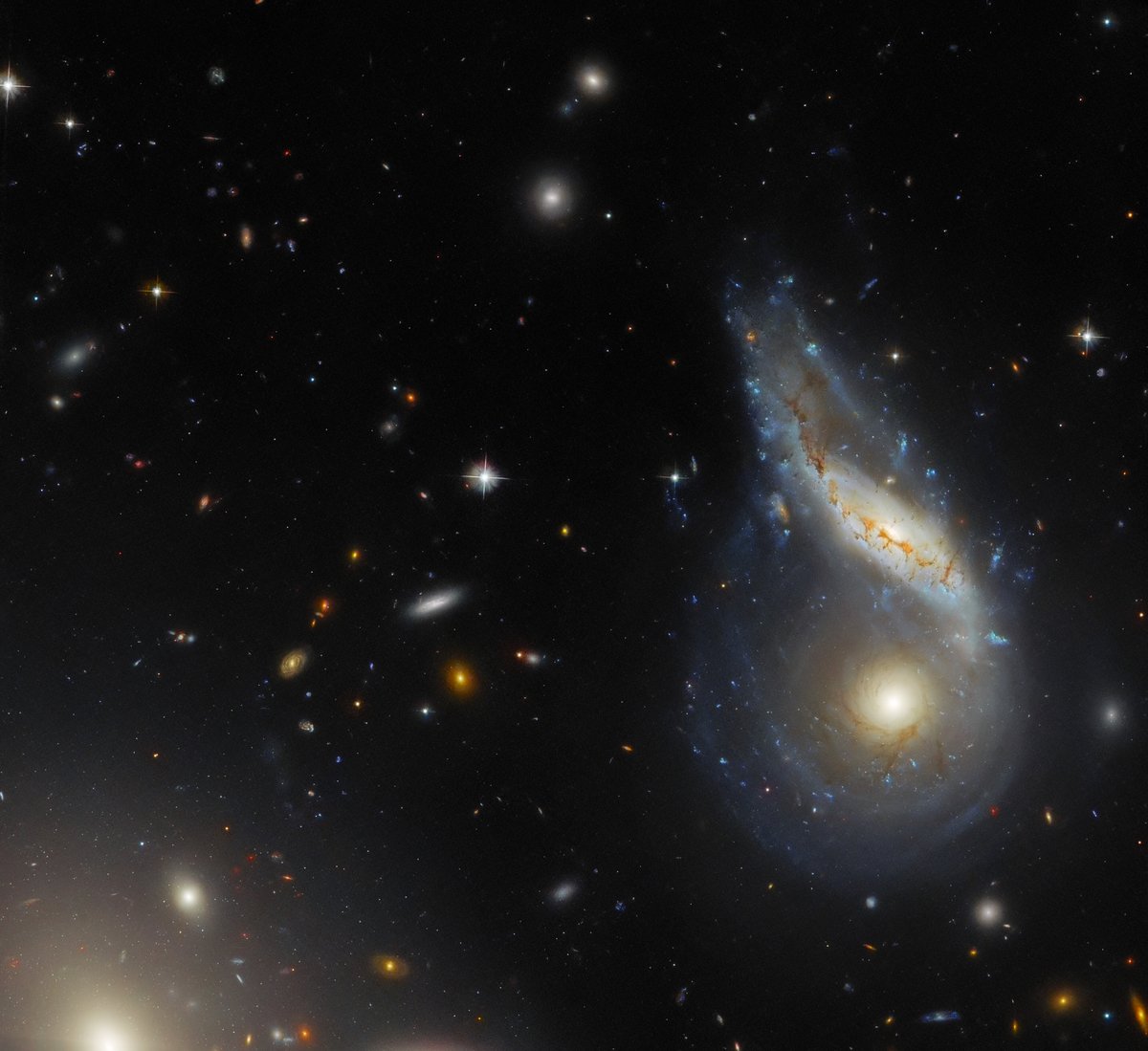

It's #HubbleFriday time!
This week's new image shows the globular cluster NGC 6652. Globular clusters are roughly spherical groups of stars held together by their mutual gravitational attraction.
NGC 6652 is about 30 million light-years away: go.nasa.gov/3Oi5MLD
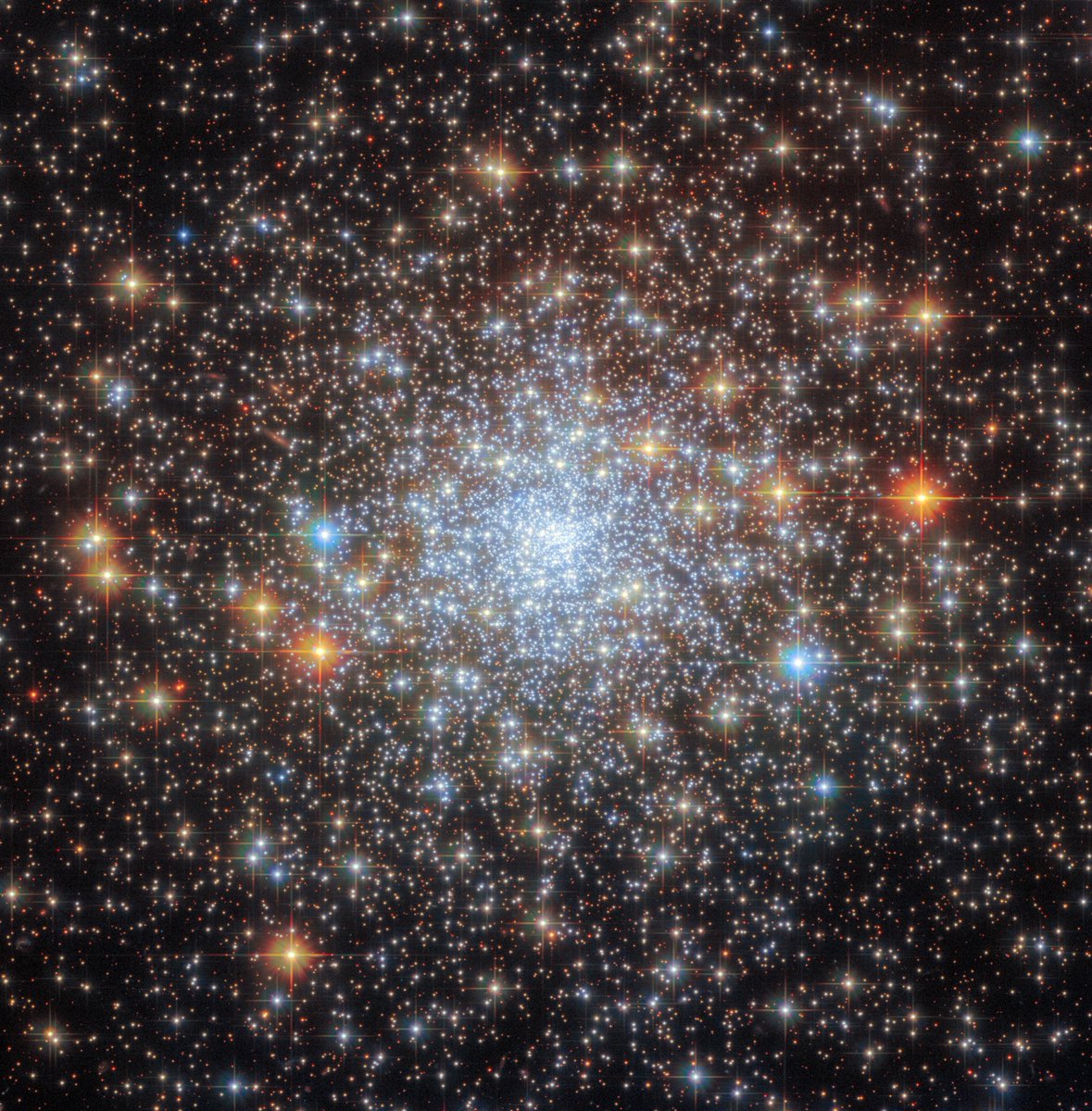

The glowing, ghostly galaxy in this #HubbleFriday image is called NGC 6684.
Located 44 million light-years from Earth, it resides in the constellation Pavo! Find out more: go.nasa.gov/3OqgnUO


This week's #HubbleFriday view takes us 2.6 billion light-years away, to the galaxy cluster Abell 3322!
Seen here in this new image, Abell 3322 is helping astronomers learn more about dark matter in galaxy clusters: go.nasa.gov/3P1sUzz


A 'jellyfish' galaxy swims through this #HubbleFriday image!
Known as J0206, its 'tentacles' are long tendrils of star formation that trail behind the galaxy's disk.
Read more: go.nasa.gov/3oWoe3M
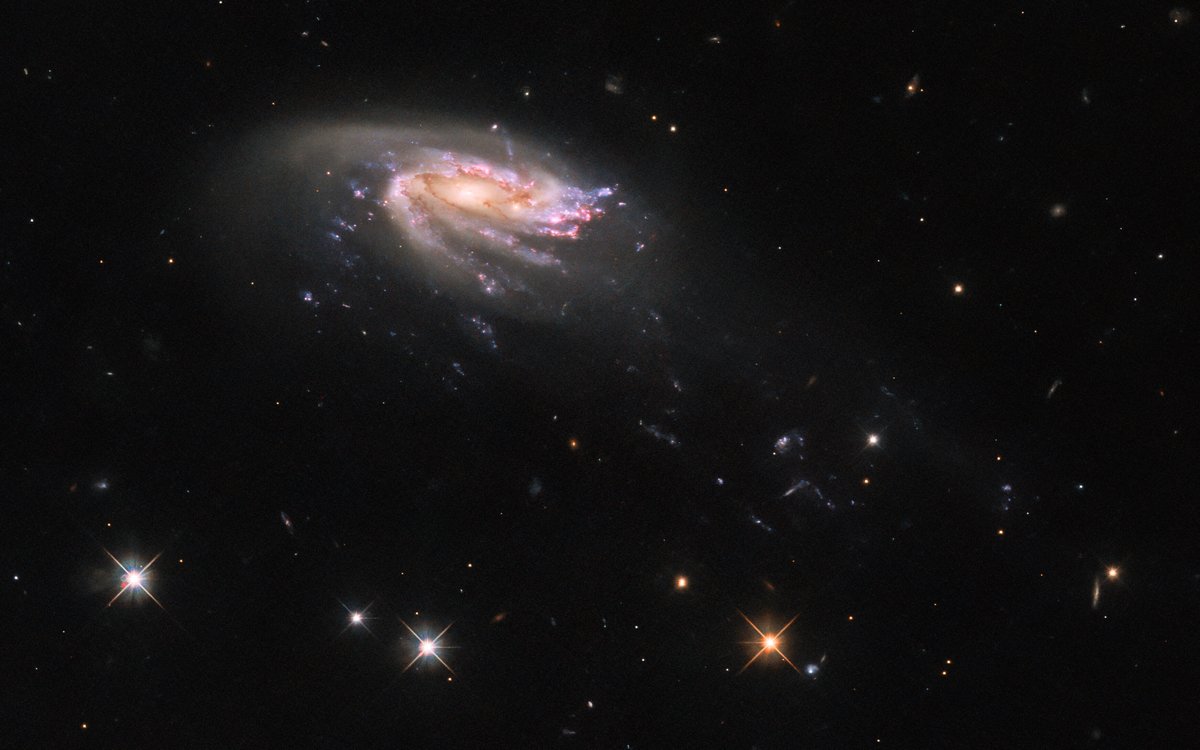

About 26,000 light-years away, the globular star cluster NGC 6325 shines in this #HubbleFriday view.
Globular clusters are tightly bound collections of stars that contain anywhere from tens of thousands to millions of members: go.nasa.gov/3WetrQu
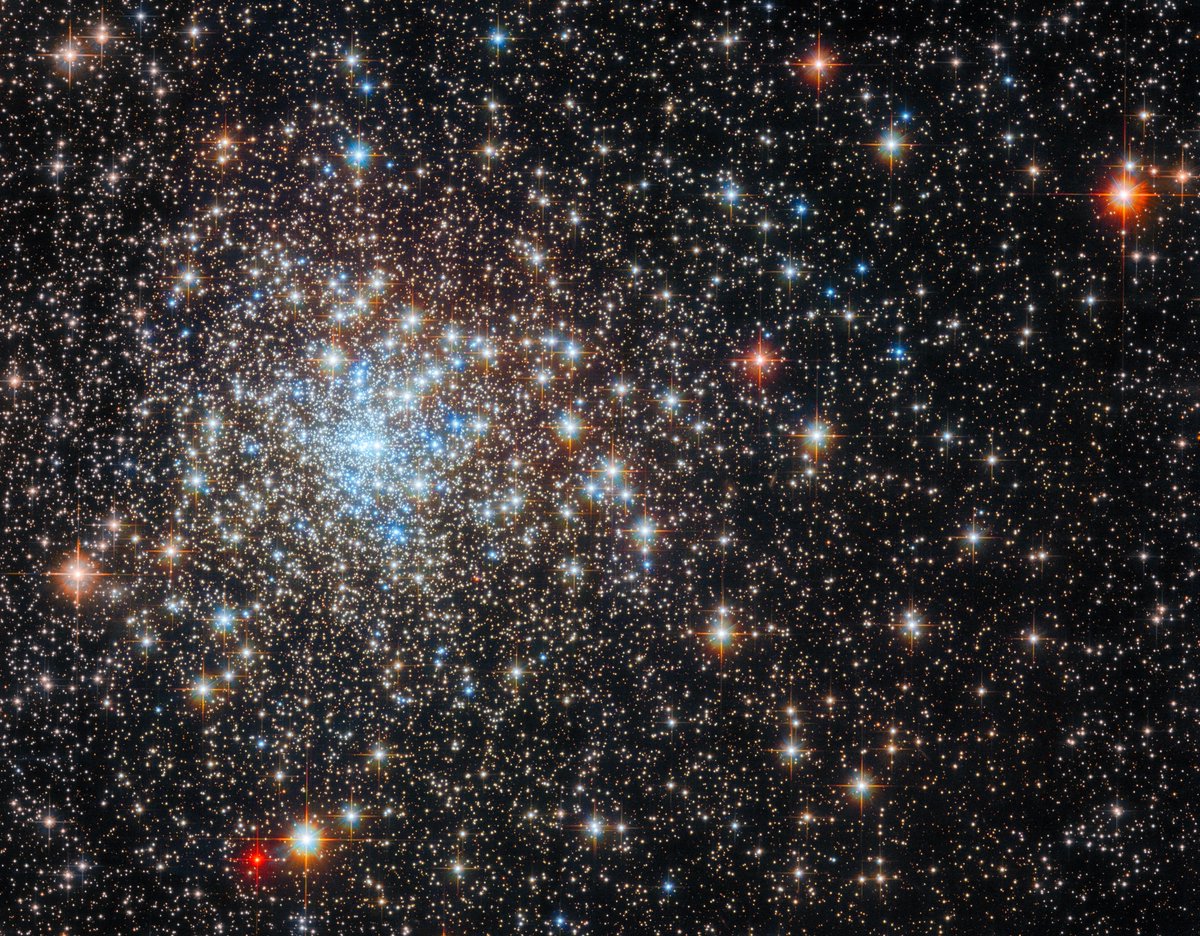

What's better than one galaxy? A whole cluster of them!
This #HubbleFriday image features a galaxy cluster about nine billion light-years away! Explore more: go.nasa.gov/3M5WrWi


A galactic tango! This #HubbleFriday image captures the galaxy group Arp-Madore 2339-661. There are three galaxies interacting here; the third is visible in the upper arm of the lower-right galaxy, looking like part of the same object at first: go.nasa.gov/3FxilPa
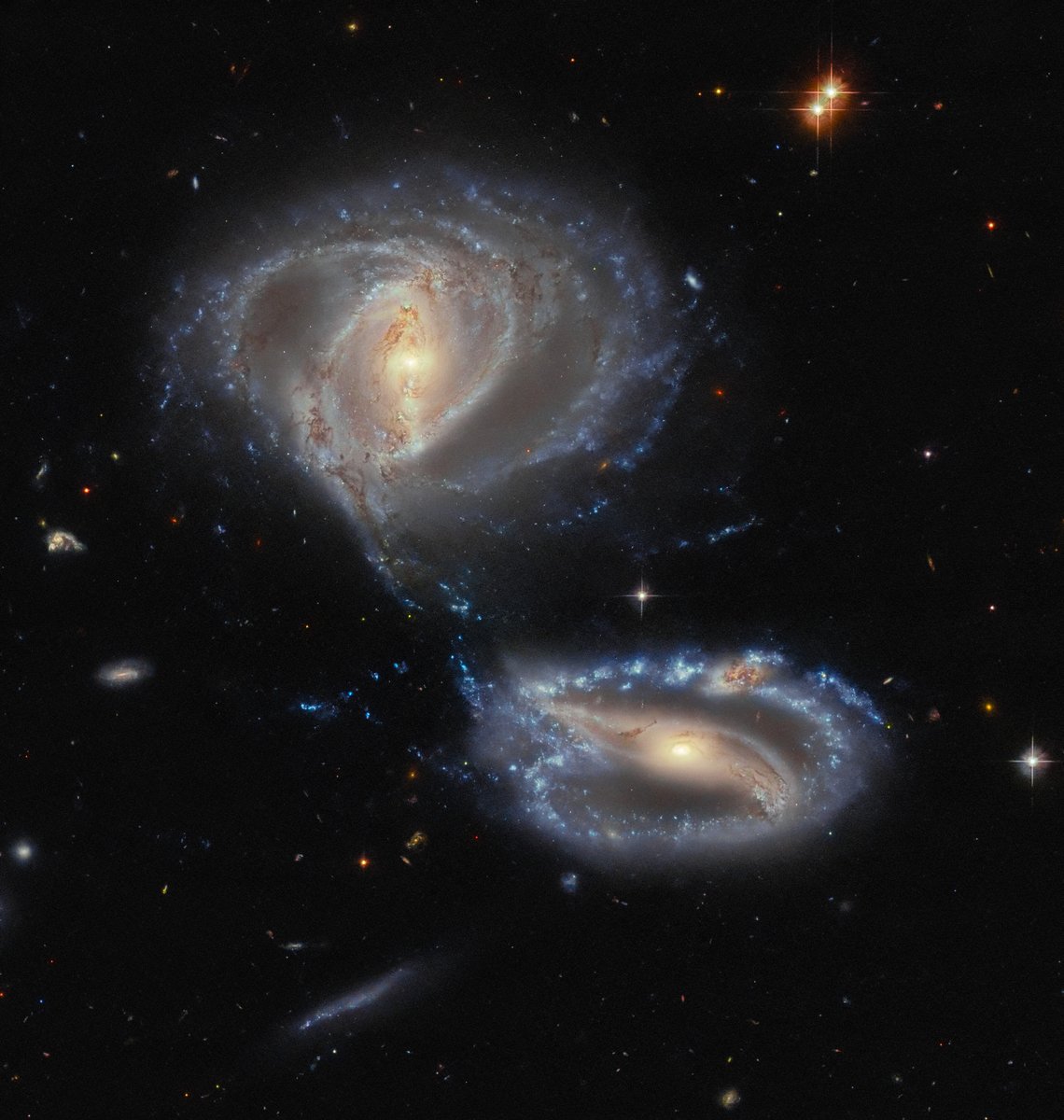

Twice as starstruck 🤩
Astronomers first thought Abell 3192, seen in this #HubbleFriday view, was one galaxy cluster. It was later proved that there are two clusters – one about 2.3 billion light-years from Earth, and another 5.4 billion light-years away: go.nasa.gov/3Grjd8C


Let's dance!
This new #HubbleFriday view shows the spiral galaxy NGC 1566, nicknamed the Spanish Dancer Galaxy.
Located about 60 million light-years away, this galaxy calls the constellation Dorado home. It's also a member of the Dorado galaxy group: go.nasa.gov/3FID2HX
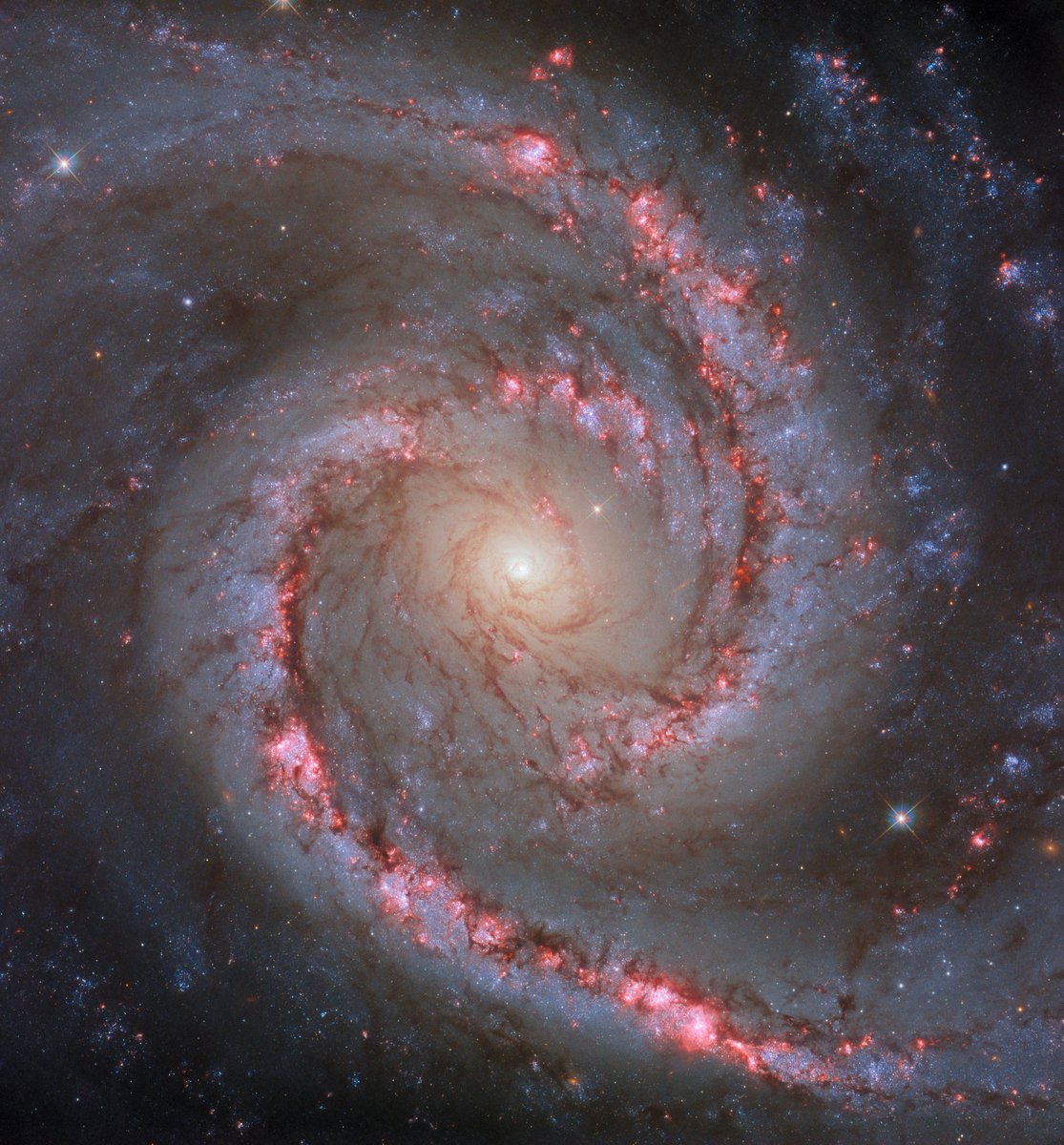

Have a happy #HubbleFriday !
This image shows the galaxy NGC 7292, which resides about 44 million light-years away.
NGC 7292 is irregular, meaning that it lacks the distinct spiral arms or elliptical shape that some galaxies have: go.nasa.gov/42EDDna


Kick off the weekend with a relaxing view of the tranquil galaxy UGC 12295.
Shining in this new #HubbleFriday image, UGC 12295 is 192 million light-years away in the constellation Pisces.
Discover more about this image: go.nasa.gov/3rN4nFd
